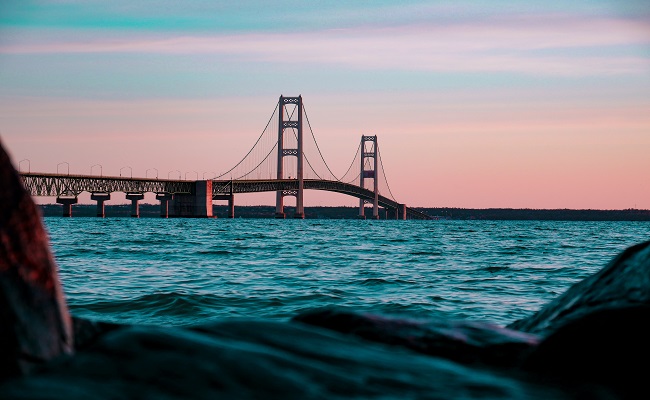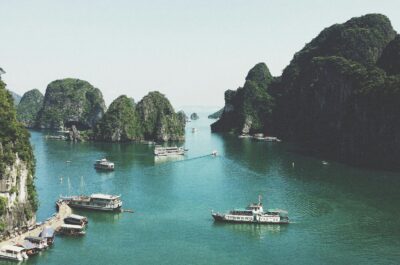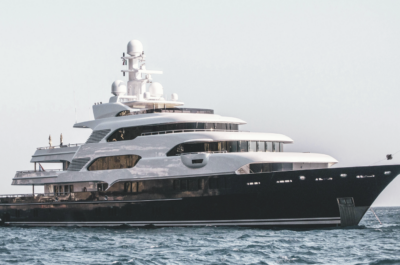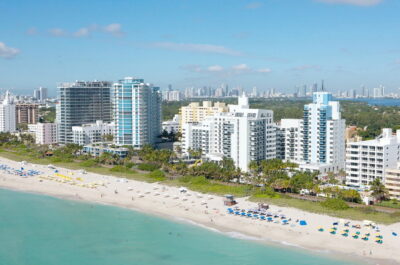Check out some of the sites and activities that the UP has to offer.
Any time of year is a great time to visit Michigan’s Upper Peninsula. The snowy majesty of winter, balmy spring weather, brilliant shoreline of summer and picturesque fall foliage of autumn make the Upper Peninsula a desired destination at any time of the year.
Visiting the UP offers endless options for activities – swimming in the Great Lakes that surround the peninsula, seeing the wildlife of the area, exploring the trails of the UP on motorcycles, ATVs, bikes or treks, visiting historic and cultural UP sites and enjoying a relaxing gaming event just looking out at the late with your Ozwin Casino bonus codes.
Check out some of the sites and activities that the UP has to offer:
Whitefish Point Lighthouse and Museum
Whitefish Point Light is the oldest operating lighthouse on Lake Superior. An early light tower opened in 1849 and another, which is still in use today, was built in 1861.
Whitefish Point is a narrow 80-mile peninsula in one of the northernmost points of the Upper Peninsula. The land stretches several miles into Lake Superior toward Canada and it is known as Lake Superior’s Shipwreck Coast — Whitefish Point is in sight of at least 200 shipwrecks including the wreck of the legendary1975 Edmund Fitzgerald which lies just 15 miles northwest of Whitefish Point.
Next to the lighthouse is the Shipwreck Museum Building, a memorial to the crews lost on ships passing Whitefish Bay. Visitors can see exhibits of shipwreck artifacts, shipwreck models, lifelike mannequins and artwork. There are also maritime history programs that include self-guided tours of the 1923 Lifeboat Station Surfboat House, the restored 1861 Lightkeeper’s Quarters, a Motor Lifeboat House and the Navy Radio building.
Whitefish Point Bird Sanctuary
Whitefish Point is one of the best birding sites in the midwest. Different species can be seen at different times of the year with hawks, eagles and finches appearing between March and late April, Boreal, great- horned, great-grey, short-eared, and long-eared owls can be found throughout the spring as well as blue jays, waterfowl and grosbeaks.
Common and red-throated loons, scoters, and whimbrels can be spotted throughout the summer. are commonly seen. If the weather holds, viewing remains good until mid-November.
Visitors are invited to observe nightly owl banding in spring, summer and fall.
Mackinac Island
Most people are familiar with Mackinac Island but it’s worth mentioning because it’s such a unique and magical spot. The island, located between the Upper and Lower Peninsulas of Michigan, is accessible only by ferry and once on the island, transportation is done with horse-drawn carriages and bikes. The island is designed to look like a late 19th / early 20th century village with architecture reminiscent of the Victorian era, period shops like sweets shops and fudge counters and more.
The activities on the island bring to mind the simplicity of life 100 years ago – bike rides around the island, carriage rides, visits to a blacksmith shop and a huge Marquette park where kids can play. There are water sports too including kayaking, paddleboarding, parasailing, fishing charters and more.
The island is also home to the world-famous Butterfly Conservatory which is a glassed in enclosure where you can walk among free-flying native and tropical butterflies. Information is given about butterflies – their origins, their life expectancies, reproduction and their importance to the environment.
Pictured Rocks
Pictured Rocks, near Munising, is a nature-lover’s paradise. The area includes nearly 100 miles of trails, miles of pristine beaches, towering sandstone cliffs and the peaceful atmosphere of the northern woodlands. Each season is different – wildflowers of different colors dot the trails in the spring while autumn sees the world turn into hues of reds, yellows and oranges as the leaves change colors.
The rocks themselves are 15 miles of towering multicolored sandstone cliffs along the shoreline of Lake Superior. There’s nearly 100 miles of trails through the park so you can camp, hike, swim in the remote streams, explore the hidden bogs and more.
Isle Royale
Isle Royale is a rugged, isolated island whose unique ecosystem led to it being designated as an International Biosphere Reserve. This wilderness reserve offers adventures for hikers, backpackers, boaters, bird-watchers, wildlife observers, divers and paddlers. There are no motorized vehicles on the island — modes of transportation include hiking, boating, canoeing, and kayaking. In addition to the main island there are over 400 small islands in the vicinity.
Visitors can explore the region’s flora and fauna which includes jack pines, balsam firs, black and white spruces red oaks, quaking aspens, paper birches, red maples, American mountain ash, sugar maples and flowering plats including wild sarsaparilla, marsh-marigold, prickly wild rose and wood lily.
Museum of Ojbwa Culture
The Museum of Ojbwa Culture in St. Ignace highlights the rich history and archaeology of the 17th century Huron Indian Village. Innovative exhibits and continuous running videos display local Ojibwa (Chippewa) Indian traditions, culture and lifestyles of the Huron.
The Museum Gift Shop holds the region's largest selection of handcrafted Native American art and crafts including paintings, sculptures, jewelry, pottery, baskets, bead work and moccasins.



































































































































































































